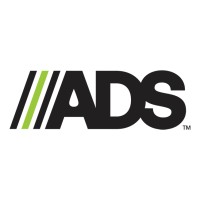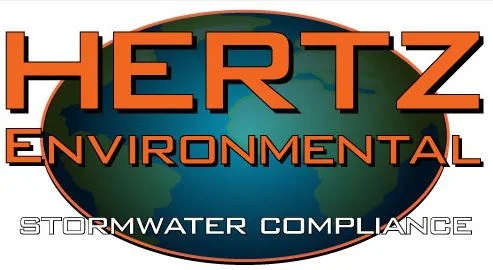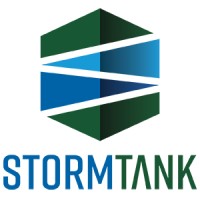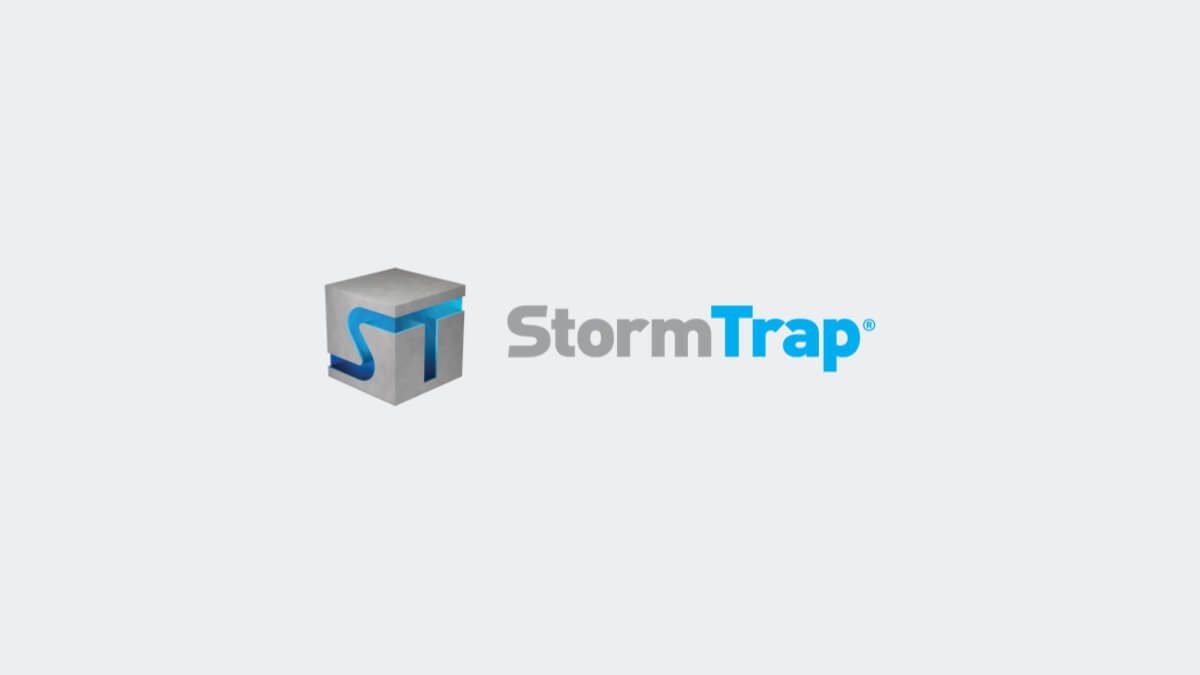Smart Drainage and How the Industry Uses It
Almost every month, utilities, cities, and technology providers introduce new intelligent control systems for drainage networks. At Stormwater USA 2026, industry leaders will showcase the latest innovations, including IoT-enabled storm drains that adapt in real time, cloud-connected detention basins with predictive overflow alerts, and integrated stormwater command centers. Pioneering developers have made significant progress in optimizing drainage behavior through sensor-based feedback systems, minimizing flood risks and extending the service life of infrastructure. Across the sector, major players are shifting their strategies toward real-time monitoring and data-driven maintenance. Cities and water management agencies are actively assessing the potential of these systems when deployed at scale. Experts highlight the most compelling use cases: flood prevention through dynamic flow control, remote diagnostics for blocked outlets, and long-term planning supported by trend data on rainfall and runoff. And these are only the beginning. Demonstrations at the event will show how digital tools can transform asset management. Some are already implementing adaptive routing algorithms for stormwater diversion. The first wave of adopters is developing pilots, customizing dashboards, and integrating stormwater systems into broader smart city platforms.
Smart Drainage Transforms Network Planning
Smart drainage systems are poised to reshape the fundamentals of urban and industrial drainage planning. Network designers and municipal engineers now have access to a new generation of predictive tools. Many agencies have already spent years exploring sensor integration at isolated sites. The next phase is the transition to connected, automated networks that can respond to environmental conditions in real time. Challenges remain, including aging infrastructure, inconsistent regulations, and the need to upskill the workforce. One pressing question persists: Can decentralized systems work together as part of a unified drainage strategy? According to stormwater specialists, many operational decisions and maintenance processes stand to benefit from digital integration. The obstacles are less about technology and more about functionality, including system interoperability, hydrologic accuracy, and resilient design.
As transformative as cloud-based systems and smart hardware may be, the stormwater sector still relies heavily on physical infrastructure and traditional hydrology. In fact, many optimization goals, such as pollutant removal, infiltration enhancement, and flow equalization, are often achieved through hybrid strategies that combine sensors with green or grey infrastructure. It is no surprise that detention and retention control, catch basin alerts, and automated gate operations remain among the most sought-after applications in the field.





























